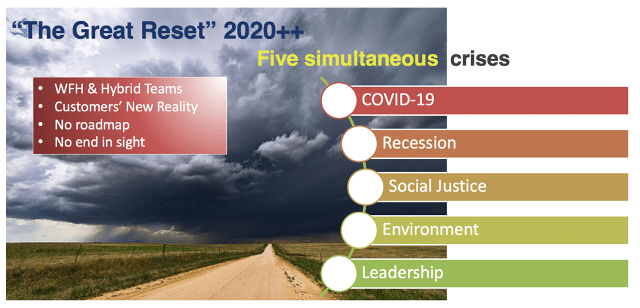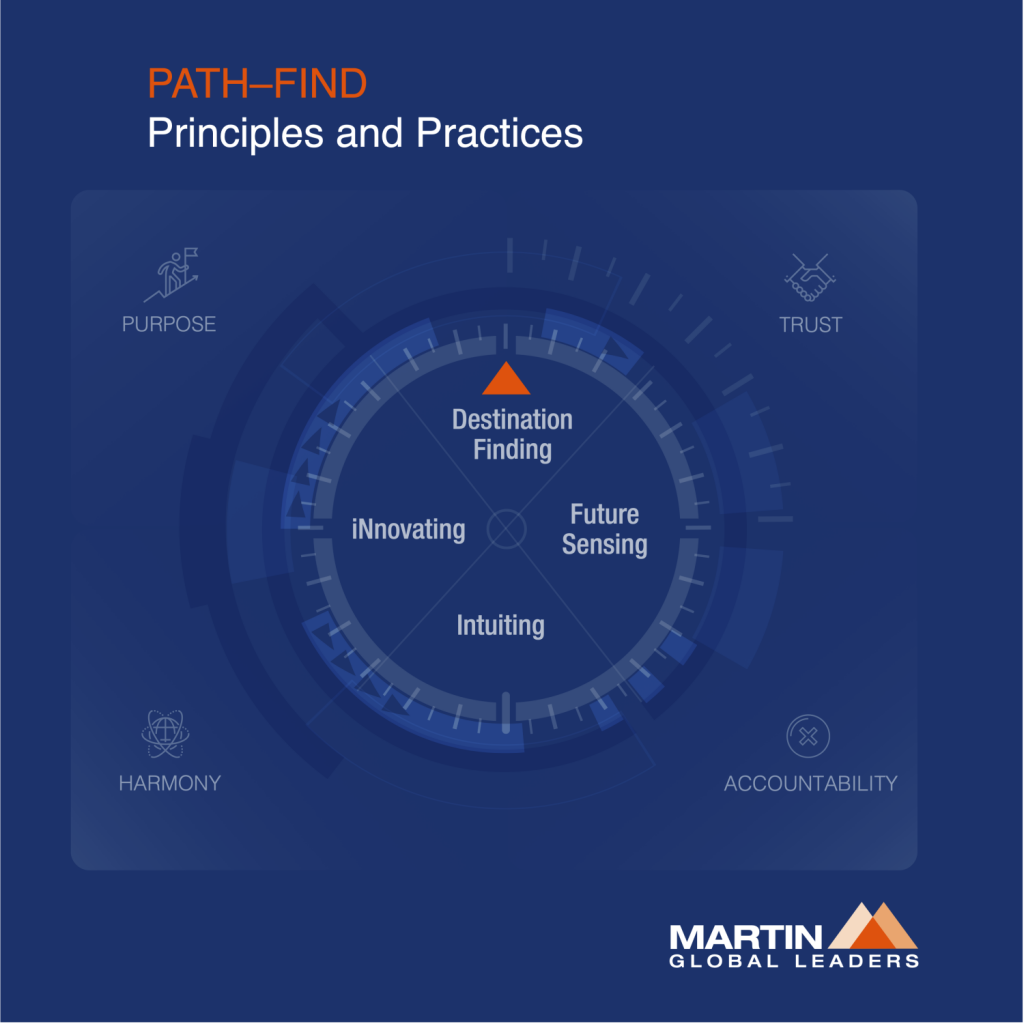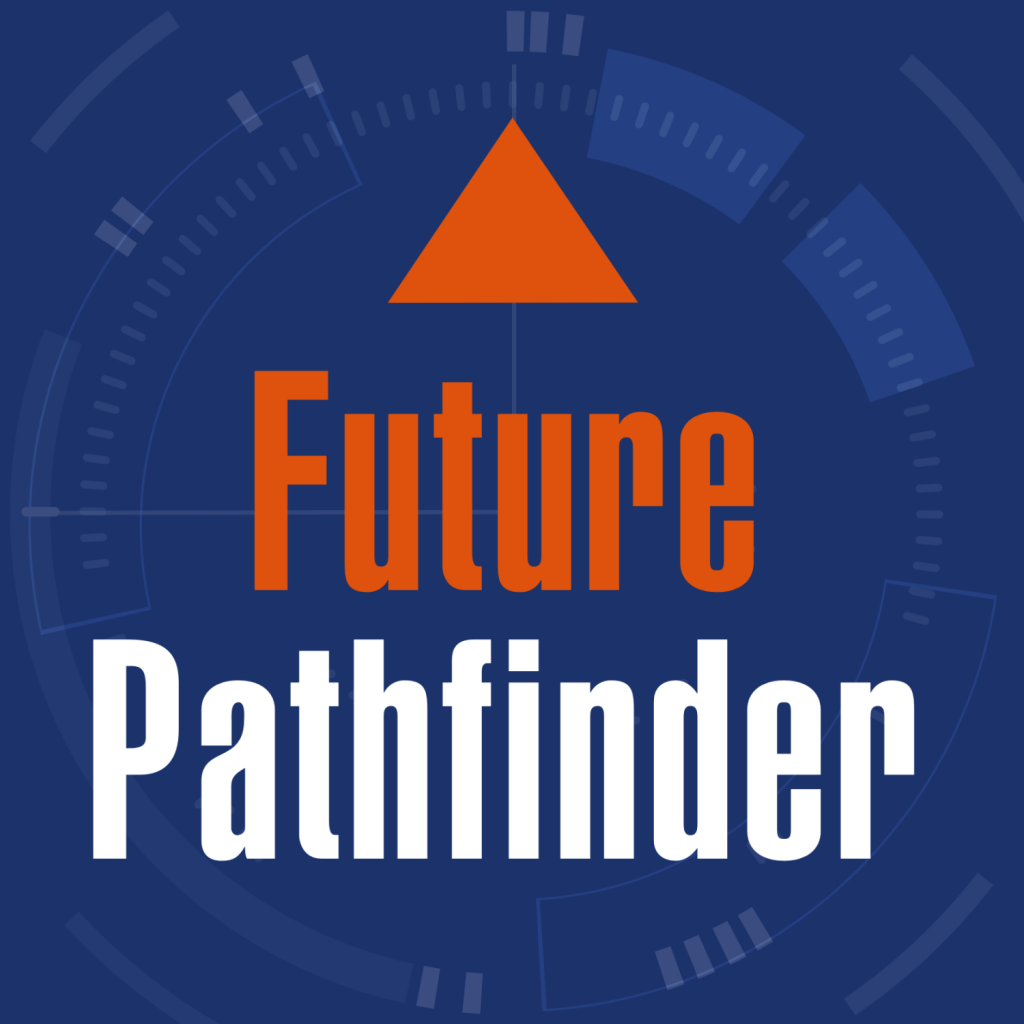- August 11, 2020
- Posted by: Craig Martin
- Category: Uncategorized

Whether you are an executive team or top sales team, the key task now is to lead courageously, charting new paths to the future.
“Path-Finding” is a team approach that is focused on finding the way to a new future, not maintaining the status quo based on old assumptions about customers and markets. In this new world, familiar roads have run out or been destroyed by the storms of crises. We now must go “off-road” and chart new paths to reach our destination.

PathFinding teams practice two sets of skills: 1) High performing teamwork, and 2) Advanced future-finding navigation and innovation. We break this idea into two sets of principles and practices: the “PATH” and “FIND” practices that together allow a team to make its way “off-road” to a viable new business future.
PATH Teamwork Principles
Good fundamental teamwork is needed otherwise we won’t be as efficient or fully creative in achieving our goals. Drawing from classic distinctions about teamwork from Katzenbach and Smith (1993) and Hawkins (2011), we summarize four perennial elements of good teamwork. They form the acronym PATH, and indeed these practices are excellent at helping a team stay on a well-defined path.
P – Purpose – Purpose is the “north star” for a team. Teams that are clear about their purpose and revisit it often have a means to stay on track and make adjustments to their direction and approach.
A – Accountability -Team members not only are accountable to the team leader and the stakeholders but also feel a sense of commitment and responsibility to one another as they work to fulfill their purpose.
T – Trust is the glue that holds the team together. The team designs processes to fulfill their mission and putting their trust in those processes to get the job done.
H – Harmony is the highest aspiration of a team in dynamic balance. It involves hearing and synthesizing the voices and needs of all team members and stakeholders – especially vital in virtual or hybrid environments.
FIND Navigational Practices

Traditional methods for planning and setting milestones are out the window now. Teams must deftly discern the new landscape, quickly adapt and develop new approaches to find their way. These are the “FIND” part of PathFinder:
F – Future-sensing super skills” are needed for teams going “off-trail”: having a sense of adventure; being keenly aware of a sense of place and moment and the courage to do what’s needed now.
I – Intuiting new stakeholder needs and opportunities is a critical skill in PathFinding. Teams must have their senses closely attuned to changes in customers’ customers’ businesses. Collective pattern-reading allows the team to intuit opportunities – the seeds of the future are being planted today.
N – iNnovating novel approaches that employ experimentation and improvisation are the key activities of Pathfinding teams. Rapid iteration of new approaches leads to better innovation and solutions. The whole team commits to learning and using this time to improve.
D – Destination-finding becomes everyone’s focus on a 24/7 basis: How do we adjust course on the way to our destination? How do we recognize successful progress? What are the indications we’re charting the right path?
When Pathfinding teams arrive at their destination after forged new paths off-trail, they will be better for it. They are smarter, better equipped for future on-trail and off-trail journeys. They are more effective in fulfilling their mission and serving stakeholders moving into the future.
Future Pathfinder Team Program

Martin Global Leaders offers its new Future Pathfinder Team Program for teams ready to improve their “off-road” skills. This 5-session, highly interactive course strengthens core teamwork practices and develops “off-road” skills, mindset and fitness for this new environment.
Please contact Craig Martin or David Howells at +1 415 706 9328 or +44 7808 947576 to learn more.

